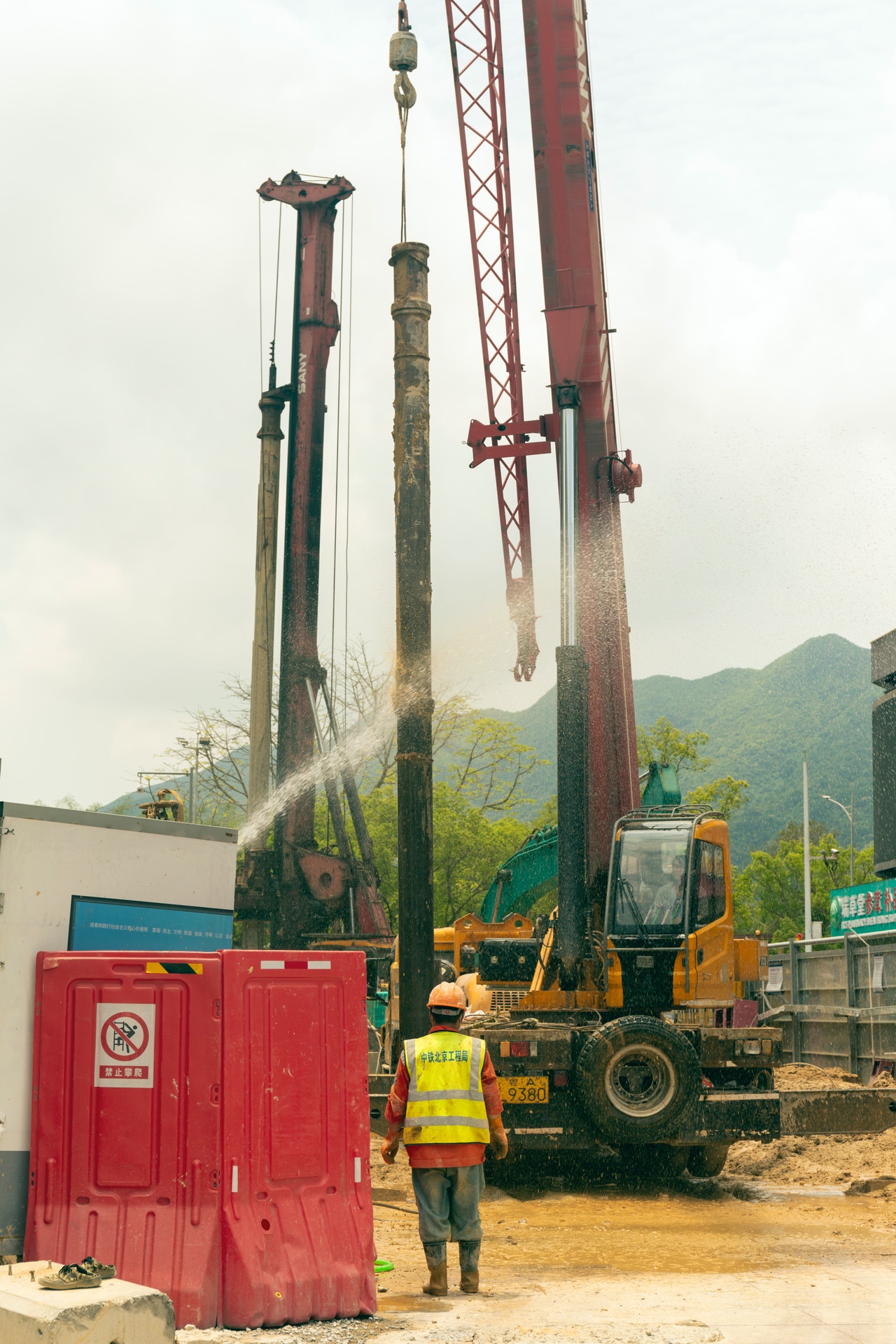Borehole Drilling
What is borehole drilling?
For borehole drilling in coal deposits, it is done by an engineer who will bore down and then use explosives to break up the rocks found along the drill hole wall. This allows them to extract coal from these rock formations which are often deep underground. The borehole driller will need a variety of tools such as borehole rigs, pumps, drills with different sizes and types of bits for various materials that they may encounter during this process.
What are the benefits of having your own water borehole?
– boreholes can be installed in areas where there is an insufficient or unreliable water supply, for example dry regions; and
– boreholes reduce the risk of contamination to water supplies.
Other benefits are as follows: boreholes are a low cost and effective way of supplying large volumes of water; borehole drilling is a sustainable solution to the problem of dwindling groundwater supplies.
What are the steps taken when drilling a water borehole?
Preliminary borehole survey – a borehole is usually drilled to roughly 30 meters in depth before being surveyed for evidence of water and other substances. The information gained from this will help determine the final drilling location, so that the borehole specifications are appropriate for what’s required (e.g., size).
Completing excavation work – with percussion or rotary methods; if you want to drill deep boreholes (>300m), then you should use either diamond core bits or augers/rock drills with casing pipes that surround it on all sides. This prevents any chance of collapse while providing a continuous supply of fresh water until its extraction is necessary.
Above ground installation – once completed, boreholes are capped, after which they are fitted with a borehole pump. This is used to extract water and other substances from the borehole, as well as for supplying clean water to any nearby buildings or areas that need it.

What are the necessary tools and equipment used by professionals when drilling a borehole?
-A drill head for hole creation
-Pipes (steel casing pipes) to hold back soil or water from collapsing into the borehole while it’s being drilled
-Drilling fluids used as lubricants for cutting through rock.
Other tools include borehole drills, borehole pipes, and drill bits.
What are the hazards in borehole drilling?
There may also be safety concerns about excavating too deep into a mountain or hillside – it could trigger an avalanche that might threaten nearby buildings and people. It can also cause landslides if not done correctly. Another concern is flooding; there needs to be adequate waterproofing measures put in place for holes dug near bodies of water so they don’t fill up with water before being capped off by professionals.